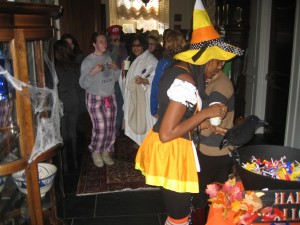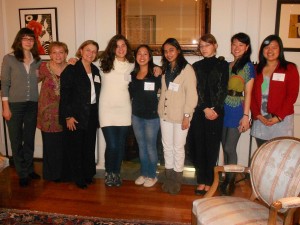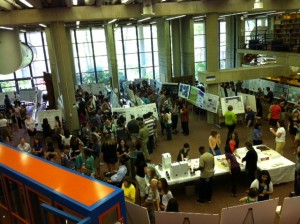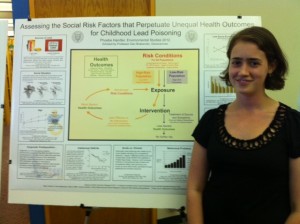This past March, I told you about an exciting partnership with a critical goal. The Women in Public Service Project—a collaboration among the State Department, Wellesley, and four of our sister colleges: Mount Holyoke, Barnard, Bryn Mawr, and Smith—seeks to advance women in public service and government leadership around the world. Over the past few months, the collaboration has taken shape in a number of exciting ways, and I’m thrilled to share some major news:
–On December 15, the U.S. Department of State will present the inaugural Women in Public Service Colloquium. As the project’s first global event and launching pad for future programs, the colloquium will convene public officials and policy makers as well as alumnae and students representing each of the founding colleges. Secretary of State Hillary Rodham Clinton will deliver the keynote address.
–Wellesley will host the pilot Women in Public Service Summer Institute that will help train the next generation of the world’s women leaders. From June 11 through June 22, 2012, we will welcome to our campus promising women leaders from across the globe, including regions undergoing political and social transformation.
The project could not have come together at a more crucial moment in our history. Women hold only 17.5 percent of the world’s elected offices—and that percentage is even smaller in the U.S. In these complex times, we need strong and capable leadership that includes more women. And in our increasingly interdependent world, young women who will go on to lead must be given the opportunities and tools to build networks and engage with peers and mentors from near and far.
By sharing Wellesley’s extraordinary network, and by joining our resources with the State Department and the sister colleges, we can overcome the barriers that prevent more women from entering positions of public leadership, not only for the sake of women, but for the sake of the world. That’s why I’m so proud that Wellesley is playing a leading role in the Women in Public Service Project—it’s a natural extension of what we do: educating and empowering women who will make a difference.
I will join our students, faculty, and alumnae in representing Wellesley at the State Department in December—and I look forward to sharing the progress of this important endeavor with you.




